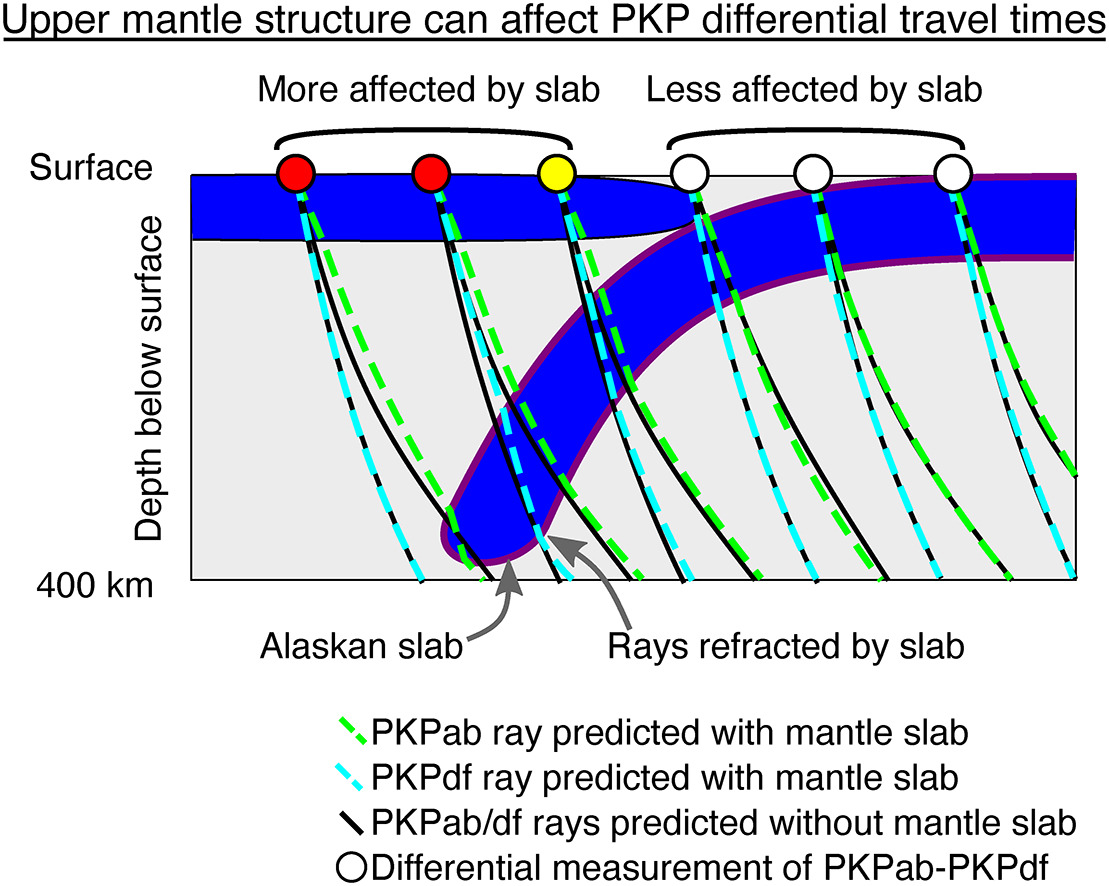SEMum2
Welcome to the online home of the SEMum2 model, a global radially anisotropic shear-velocity model of the earth’s upper mantle and transition zone.
Welcome to the online home of the SEMum2 model, a global radially anisotropic shear-velocity model of the earth’s upper mantle and transition zone.
This is the companion website to the SEMum2 model, presented in our recently published paper:
Here, you can download the model itself, as well as find information about the methods used to develop the model.
Methodology
The SEMum2 model represents an update to the model SEMum [1], incorporating an improved treatment of Earth’s crust and inversion for shorter-wavelength mantle structure. Both models employ a “hybrid” full-waveform inversion methodology, combining accurate forward modeling of the seismic wavefield using the spectral element method (SEM) [2] with finite-frequency sensitivity kernels from non-linear asymptotic coupling theory (NACT) [3]. Together with the use of a smooth crustal model that mimics the seismic response of Earth’s crust, this approach leads to considerable savings in computational cost.
- Lekic, V. and Romanowicz, B., 2011. Inferring upper-mantle structure by full waveform tomography with the spectral element method, Geophys. J Int., 185, 799-831.
- Komatitsch, D. and Vilotte, J.-P., 1998. The Spectral Element Method: An Efficient Tool to Simulate the Seismic Response of 2D and 3D Geological Structures, Bull. seism. Soc. Am., 88, 368-392.
- Li, X.D. and Romanowicz, B., 1995. Comparison of global waveform inversions with and without considering cross-branch modal coupling, Geophys. J Int., 121, 695-709.
Figures

Hybrid full-waveform inversion
The combination of SEM for forward modeling with NACT sensitivity kernels leads to a quickly-converging Gauss-Newton model update scheme, in addition to the overall cost reduction due to the smooth crustal layer.
Download
Download the model distribution and evaluation tool (9.3M) placeholder. (Version 1.1).
This gzipped tar file (expand: tar xzf UCB_a3d_gen_1d_model.SEMUCB-WM1.commit_168b85.tar.gz) contains the raw spline-basis coefficients for models SEMum2 and SEMUCB_WM1, as well as a tool for evaluation at arbitrary (lon,lat) points and on regular grids at a specified radius (see readme file). The latter is written in C and should compile without issue using, for example, the GNU C compiler.
Please note that for synthetic waveform computations, the mantle model needs to be associated with the corresponding “homogeneized” crust, which is also provided
More functionality for model evaluation will be added, so do check back for updated versions of this package.
Please report any bugs to Barbara Romanowicz (barbara@seismo.berkeley.edu).
Contact
The SEMum2 model was developed at the Berkeley Seismological Laboratory. Contact the authors:
| Author | Current affiliation | |
|---|---|---|
| Scott French | unknown | Wikimedia Foundation |
| Vedran Lekic | ved@umd.edu | University of Maryland |
| Barbara Romanowicz | barbara@seismo.berkeley.edu | Berkeley Seismological Laboratory, U.C. Berkeley |




